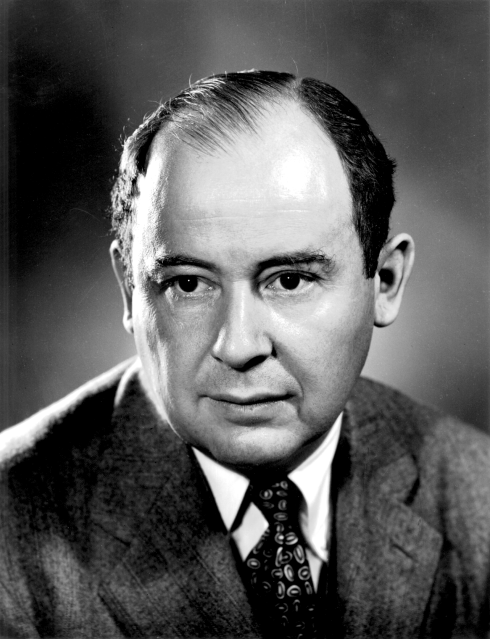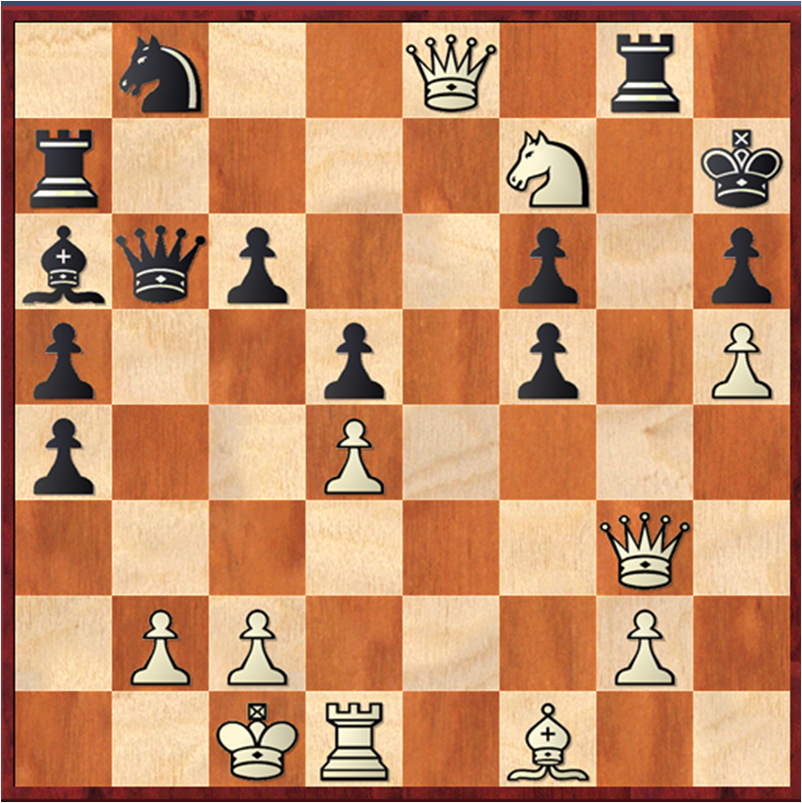|
Farsightedness (game Theory)
In game theory, farsightness refers to players’ ability to consider the long-term consequences of their strategies, beyond immediate payoffs, often formalized as farsighted stability where players anticipate future moves and stable outcomes. In static games, players optimize payoffs based on current information, as in the Nash equilibrium, but farsightedness involves anticipating dynamic or repeated interactions, such as in coalition games like hedonic games where preferences shape long-term alliances. For example, in a repeated Prisoner's Dilemma, a farsighted player might cooperate to encourage future cooperation, unlike the one-shot case where defection prevails. Similarly, a player might refuse a small immediate payoff to build a more valuable alliance later. Farsightedness assumes significant foresight and computational ability, which may be unrealistic in complex scenarios. In evolutionary settings, myopic strategies might dominate if immediate survival outweighs long-t ... [...More Info...] [...Related Items...] OR: [Wikipedia] [Google] [Baidu] |
Game Theory
Game theory is the study of mathematical models of strategic interactions. It has applications in many fields of social science, and is used extensively in economics, logic, systems science and computer science. Initially, game theory addressed two-person zero-sum games, in which a participant's gains or losses are exactly balanced by the losses and gains of the other participant. In the 1950s, it was extended to the study of non zero-sum games, and was eventually applied to a wide range of Human behavior, behavioral relations. It is now an umbrella term for the science of rational Decision-making, decision making in humans, animals, and computers. Modern game theory began with the idea of mixed-strategy equilibria in two-person zero-sum games and its proof by John von Neumann. Von Neumann's original proof used the Brouwer fixed-point theorem on continuous mappings into compact convex sets, which became a standard method in game theory and mathematical economics. His paper was f ... [...More Info...] [...Related Items...] OR: [Wikipedia] [Google] [Baidu] |
Nash Equilibrium
In game theory, the Nash equilibrium is the most commonly used solution concept for non-cooperative games. A Nash equilibrium is a situation where no player could gain by changing their own strategy (holding all other players' strategies fixed). The idea of Nash equilibrium dates back to the time of Cournot, who in 1838 applied it to his model of competition in an oligopoly. If each player has chosen a strategy an action plan based on what has happened so far in the game and no one can increase one's own expected payoff by changing one's strategy while the other players keep theirs unchanged, then the current set of strategy choices constitutes a Nash equilibrium. If two players Alice and Bob choose strategies A and B, (A, B) is a Nash equilibrium if Alice has no other strategy available that does better than A at maximizing her payoff in response to Bob choosing B, and Bob has no other strategy available that does better than B at maximizing his payoff in response to Alice c ... [...More Info...] [...Related Items...] OR: [Wikipedia] [Google] [Baidu] |
Dynamic Game
In game theory, a sequential game is defined as a game where one player selects their action before others, and subsequent players are informed of that choice before making their own decisions. This turn-based structure, governed by a time axis, distinguishes sequential games from simultaneous games, where players act without knowledge of others’ choices and outcomes are depicted in payoff matrices (e.g., rock-paper-scissors). Sequential games are a type of dynamic game, a broader category where decisions occur over time (e.g., differential games), but they specifically emphasize a clear order of moves with known prior actions. Because later players know what earlier players did, the order of moves shapes strategy through information rather than timing alone. Sequential games are typically represented using decision trees, which map out all possible sequences of play, unlike the static matrices of simultaneous games. Examples include chess, infinite chess, backgammon, tic-ta ... [...More Info...] [...Related Items...] OR: [Wikipedia] [Google] [Baidu] |
Repeated Game
In game theory, a repeated game (or iterated game) is an extensive form game that consists of a number of repetitions of some base game (called a stage game). The stage game is usually one of the well-studied 2-person games. Repeated games capture the idea that a player will have to take into account the impact of their current action on the future actions of other players; this impact is sometimes called their reputation. Single stage game or single shot game are names for non-repeated games. Example Consider two gas stations that are adjacent to one another. They compete by publicly posting pricing, and have the same and constant marginal cost ''c'' (the wholesale price of gasoline). Assume that when they both charge , their joint profit is maximized, resulting in a high profit for everyone. Despite the fact that this is the best outcome for them, they are motivated to deviate. By modestly lowering the price, either can steal all of their competitors' customers, nearly doub ... [...More Info...] [...Related Items...] OR: [Wikipedia] [Google] [Baidu] |
Hedonic Games
In cooperative game theory, a hedonic gameHaris Aziz and Rahul Savani, "Hedonic Games". Chapter 15 in: (also known as a hedonic coalition formation game) is a game that models the formation of coalitions (groups) of players when players have preferences over which group they belong to. A hedonic game is specified by giving a finite set of players, and, for each player, a preference relation, preference ranking over all coalitions (subsets) of players that the player belongs to. The outcome of a hedonic game consists of a partition of a set, partition of the players into disjoint sets, disjoint coalitions, that is, each player is assigned a unique group. Such partitions are often referred to as coalition structures. Hedonic games are a type of non-transferable utility game. Their distinguishing feature (the "hedonic aspect") is that players only care about the ''identity'' of the players in their coalition, but do not care about how the remaining players are partitioned, and do not c ... [...More Info...] [...Related Items...] OR: [Wikipedia] [Google] [Baidu] |




